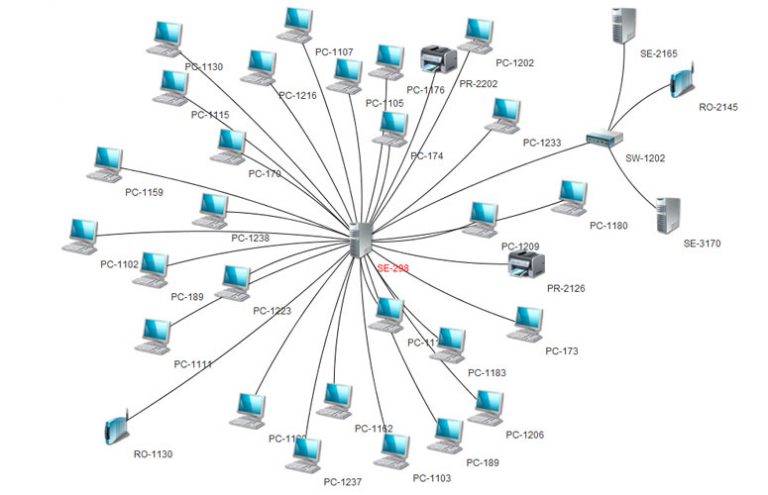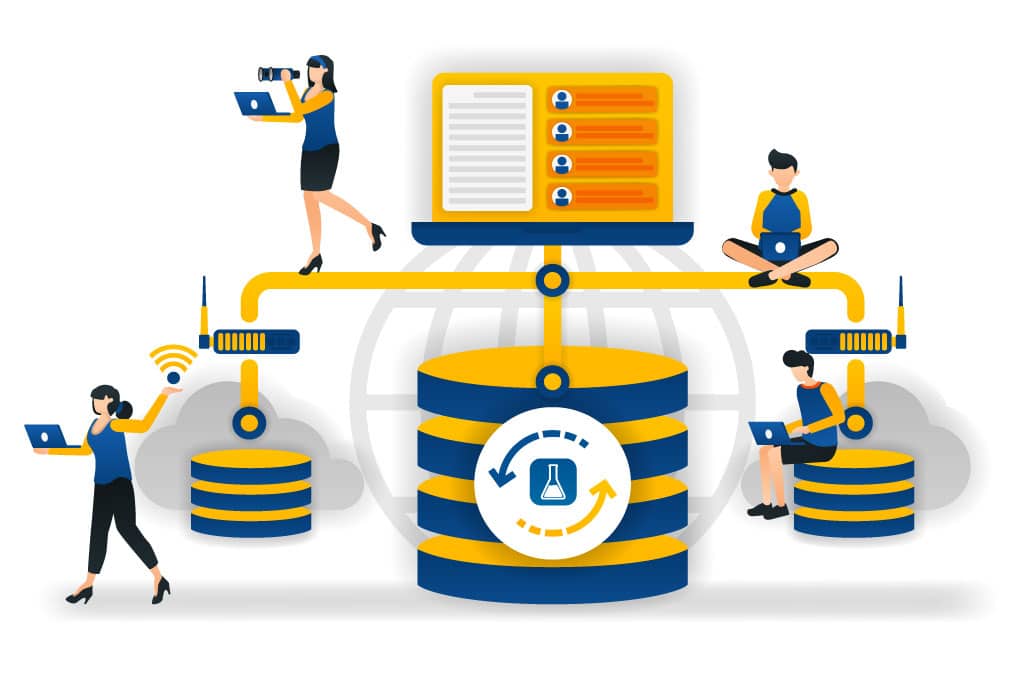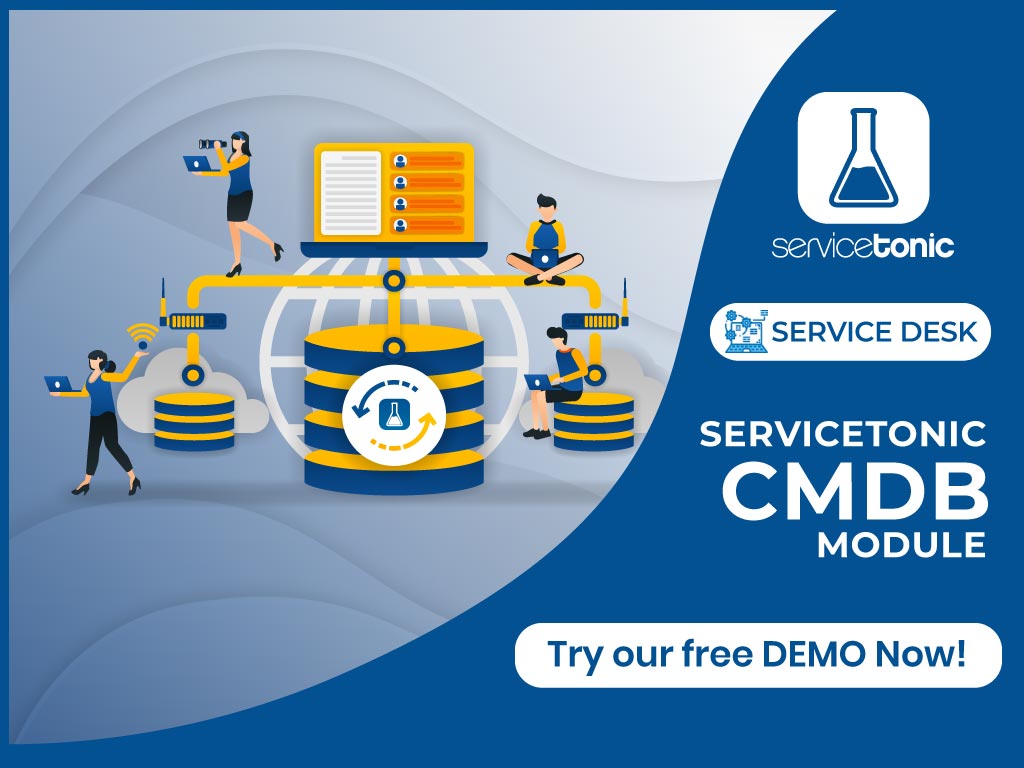Table of Contents
Alignment management services
ServiceTonic’s CMDB (Configuration Management Database) Module aligns service configuration elements management with business objectives.
It is more than an inventory of assets, it allows to establish the relationship between configuration items (CI) and their interactions with business processes.
What can you do with ServiceTonic’s CMDB?
CMDB
- Define as many CI attributes as needed, and establish types of CI with their own attributes and states.
- Indicate relationships between CI.
- Associate CI to an incidence (to indicate affected elements), an application (to indicate used elements) and/or a contact.
- Set different access levels to CI types according to agent role, and register the date and author of all actions performed on CI: state changes, modifications, services, etc.
- Easily locate CI by defining the view you need, for example, indicate which data is displayed for each CI and the set of items to display.
- Apply business rules: notify by mail or SMS, define visual alerts, change attribute values…
- Define integrators that access CI details if you opt for a federated CMDB.
- Import CI from csv files.
- See a graphical representation of CI relationships and navigate through a visual map of CI.

Asset Management
- Create configuration items from the Asset Catalog.
- Control of stocks, warranties, amortization, preventive maintenance…
Key benefits of ServiceTonic’s CMDB

Benefits of CMDB
- Inventory elements (CI) that configure your service.
- Properly manage and automate CI lifecycles: state, cost, installation and warranty dates, type of maintenance, etc.
- Determine the impact of changing a CI based on its relationship with other elements. For example, if an incident occurs on a router you can immediately know how many servers are affected, and how many users are affected by this issue.
- Locate critical CI which have repeated incidents through established relationships between the process of incident management and configuration items.
- Control important aspects of Asset Management: stocks, warranties, amortization, etc.
- Quantify the costs of using configuration elements in resolving service requests.




